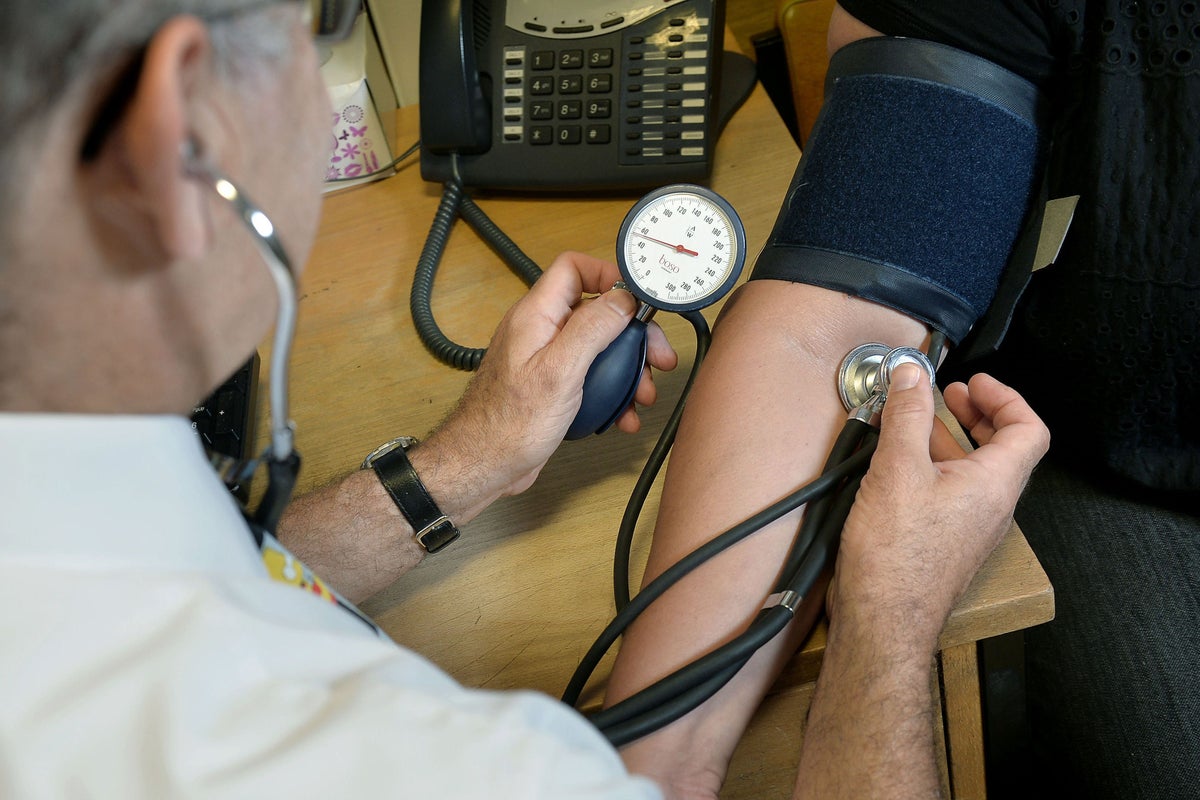
A “considerable” number of young people in England are living with undiagnosed high blood pressure, the Office For National Statistics (ONS) has found.
Using data from the Health Survey for England (2015 to 2019), a new ONS paper analysed the risk factors for undiagnosed high blood pressure among adults living in private households.
High blood pressure – or hypertension – is a condition affecting the blood vessels. The most significant risk factor for cardiovascular disease, it is thought to cause around half of all heart attacks and strokes, costing the NHS an estimated £2bn per year.
Being overweight, not taking enough exercise, drinking too much alcohol or coffee, smoking and stress are all factors that can increase the risk.
Overall, the study concluded that an estimated 32 per cent of adults in England have high blood pressure, and that 29 per cent – or three in 10 – of those who have the condition are unaware of it, translating to an estimated 4.2 million adults.
Young men formed the highest percentage of undiagnosed cases in the study: 66 per cent of those aged between 16 and 24 with high blood pressure were thought to be unidentified, compared with 26 per cent of women in the same age cohort. The proportion with unidentified high blood pressure in the 25-34 age group stood at 55 per cent for men and 44 per cent for women.
In contrast, just 17 per cent of men and 21 per cent of women aged 75 and over with hypertension were undiagnosed.
Men living in rural areas, in regions other than London, and those who had never smoked were also identified as groups with a high prevalence, as were women who were married, had degree-level qualifications or worked for small businesses.
Blood pressure is measured in millimetres of mercury (mmHg), with a healthy measurement ranging from 90 over 60mmHg to 120 over 80mmHg.
“Our analysis found that while the prevalence of hypertension increased with age, and other known risk factors such as high BMI and poor general health, there are considerable numbers of younger, healthier people who are undiagnosed,” said Chris Shine, an analyst at the ONS.
“This analysis will provide valuable insight for health services and those who work to improve health outcomes. It may also raise awareness among the general population, leading to more timely diagnoses in the future.”







